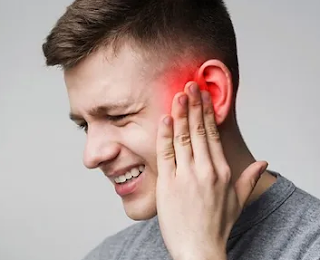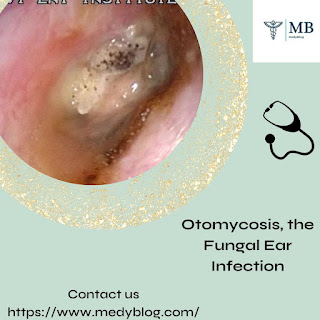Recurrence of Mucormycosis Due to Partial Treatments
During the mid and after the second wave of COVID-19, India has seen a sudden spike in mucormycosis cases. These days the number of new black fungus cases has come down, but discharged patients are
returning with recurrence of mucormycosis due to partial treatments.
Pre-Covid, the number of Mucormycosis
and Aspergillosis (so-called white fungus) cases per annum were few.
Sometimes in single digits. The percentage of doctors who had witnessed black
fungus cases during their UG or PG (including
A balanced treatment with multiple medications and timely initiation of different medicines is required. The treatment must be tailored to the patient’s needs and individualized to avoid the relapse of mucor, which can be learned only by experience. A generalized and standardized treatment protocols are unlikely to give a high success rate of 90%.
Repeated surgical clearance and
debridement of the fungus from the nose and adjacent structures is required. If
incomplete, then success will be rare. Therefore, a combination of good
surgeries and effective antifungals’ use judiciously is required to prevent fungus
resistance and reduce the side effects of the medication.
In patients with multiple
fungal infections, the modal treatment must also be with multiple antifungal
drugs. While choosing the antifungal drugs in multiple drug therapy, one has to
keep the profile of the side effects of the drugs in his mind because all the
antifungal drugs can have a negative or positive interaction with the other
drugs. For example, anti-acid syrup Digene can reduce the absorption of the
Posaconazole drug. Similarly, some medications can enhance the action and
toxicity of antifungals. If the doctor is not aware of these actions, there
could be severe side effects of the drugs, or the efficiency of the drugs might
reduce. However, a doctor can make use of these actions positively. By adding
one drug, a doctor can reduce the use of antifungals. For example, if we add
Azithromycin to Posaconazole, Posaconazole’s efficiency will rise by 25 to 50
percent, so the Poscaconazole dose must be reduced. In a time frame with a
scarcity of Posaconazole, Dr. K. R. Meghanadh reduced the dose of Posaconazole
to 70%, added Azithromycin in his patients’ prescription, and managed all his
40 mucormycosis patients comfortably with the available medicines.
What led to this situation?
Please do not interpret this
article as a criticization of ENT doctors whose patients had a relapse of
mucormycosis. We must understand that mucormycosis is
a stubborn and rare disease. Even for a patient with the best treatment under
the best doctor, there will be a chance of recurrence. It is just a change in
the percentage of the chance of relapse between experienced and
non-experienced. Even the information and experience that most of the ENT
doctors have are not sufficient.
Before COVID, if an ENT doctor
without experience wanted to treat a mucormycosis curable to get experience
without sending to the experienced ones, that would be his/her selfishness. Now
post-COVID, all experienced doctors cannot accommodate all the cases present.
If the doctor just left the patient because he had no practical experience, the
patient’s disease will progress, and the patient can die within a few days. It
is almost impossible to ask the patients to wait for the experienced doctor, as
each patient's treatment will take 20 days to 40 days, and the chance of
getting the bed is meager considering the time frame we have. If the patient
keeps waiting for bed with an experienced doctor, he might die
waiting, or the
disease
might spread to the
brain.
Mucormycosis doubles in few hours based on the person's immunity, and it will
not wait for some experienced doctor to come and treat. So, doctors did what is
best for the patients in that given time and scenario. All these situations are
not because of wrong doctors or governance. It is just because of an unexpected
terrible situation.
It is easy to blame than to
accept the truth.
Written by




Comments
Post a Comment